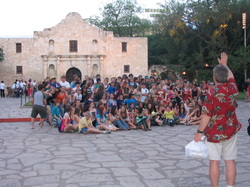
Many years after Fess Parker wore his coonskin cap onto the set of Walt Disney's "Davy Crockett at the Alamo," he tried to bring the King of the Wild Frontier back to life. He wrote a screenplay (never produced) in which Davy and his fictional sidekick, Georgie Russel, don't die in the brutal, heroic battle fought on March 6, 1836. Captured and kept alive as hostages, they spend 25 years in a Mexico City prison. Finally escaping, they ride back into San Antonio only to find people celebrating the Alamo anniversary by giving speeches and reading off the names of the defenders. "Davy and Georgie look at each other," Parker once explained in a television interview, "and Georgie says, 'I know, we're heroes -- and we gotta get out of here.' And with that, we just ride out over the hill."
I kept thinking about this when I was in San Antonio working on Born on a Mountaintop.
I had followed Crockett's footsteps from his east Tennessee birthplace to the Alamo, hoping to learn how a remarkable life and a mythic afterlife had come to be permanently intertwined. Parker's screenplay made me wonder: What would the real David Crockett think if he could somehow transport himself to 21st-century San Antonio? How astonished would he be to find a neon Crockett Hotel sign looming above the Alamo church, or a boisterous school group posing for photos in Alamo Plaza -- perhaps within yards of where he died? And what on earth would he make of the sight of his great-great-great grandson, David Preston Crockett, decked out in homemade Davy gear and posing in the plaza as well?
I kept thinking about this when I was in San Antonio working on Born on a Mountaintop.
I had followed Crockett's footsteps from his east Tennessee birthplace to the Alamo, hoping to learn how a remarkable life and a mythic afterlife had come to be permanently intertwined. Parker's screenplay made me wonder: What would the real David Crockett think if he could somehow transport himself to 21st-century San Antonio? How astonished would he be to find a neon Crockett Hotel sign looming above the Alamo church, or a boisterous school group posing for photos in Alamo Plaza -- perhaps within yards of where he died? And what on earth would he make of the sight of his great-great-great grandson, David Preston Crockett, decked out in homemade Davy gear and posing in the plaza as well?
The 19th-century David Crockett certainly knew about the effects of fame. Elected to Congress as an authentic backwoodsman with a knack for skewering Tennessee elites, he was soon transformed into a mega-celebrity by the media culture of his time. What he didn't know was that he would die a hero's death in Texas, ensuring that his fame would survive him -- or that, more than a century later, Fess Parker, Walt Disney and a newly-popular medium called television would combine to magnify that fame beyond belief.
My book ends with a chapter set in San Antonio, and reporting it was a fascinating, often moving experience. I got to hear Crockett descendants sing backup on "The Ballad of Davy Crockett" in the Spanish Governor's Palace. I watched the sun rise behind the Alamo, 175 years after the battle, during a ceremony that honored both the defenders and their Mexican foes. I set out to examine every spot where David might have died, as well as all the places his ashes could have ended up. (There are many of both.) And I heard a couple of Crockett-obsessed Australians give a PowerPoint-enhanced lecture they called "Portraits of David Crockett's Last Stand: Iconography and Symbolism of Heroics throughout Western Culture."
My book ends with a chapter set in San Antonio, and reporting it was a fascinating, often moving experience. I got to hear Crockett descendants sing backup on "The Ballad of Davy Crockett" in the Spanish Governor's Palace. I watched the sun rise behind the Alamo, 175 years after the battle, during a ceremony that honored both the defenders and their Mexican foes. I set out to examine every spot where David might have died, as well as all the places his ashes could have ended up. (There are many of both.) And I heard a couple of Crockett-obsessed Australians give a PowerPoint-enhanced lecture they called "Portraits of David Crockett's Last Stand: Iconography and Symbolism of Heroics throughout Western Culture."
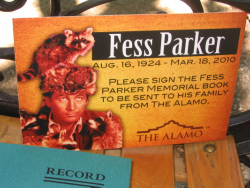
I know what you're thinking -- but I loved it. The image of Fess Parker's Davy, bravely swinging his rifle to the end, was part of the show, of course.
Parker died at 85, shortly before my first San Antonio trip in 2010, and the Alamo put out a memorial book for visitors to sign. My favorite entry shows how little the line between reality and myth can matter when it comes to characters we love and stories that help us figure out who we are.
"I'll miss you Fess (Davy)," it reads. "You were part of my childhood. God Bless."
Parker died at 85, shortly before my first San Antonio trip in 2010, and the Alamo put out a memorial book for visitors to sign. My favorite entry shows how little the line between reality and myth can matter when it comes to characters we love and stories that help us figure out who we are.
"I'll miss you Fess (Davy)," it reads. "You were part of my childhood. God Bless."
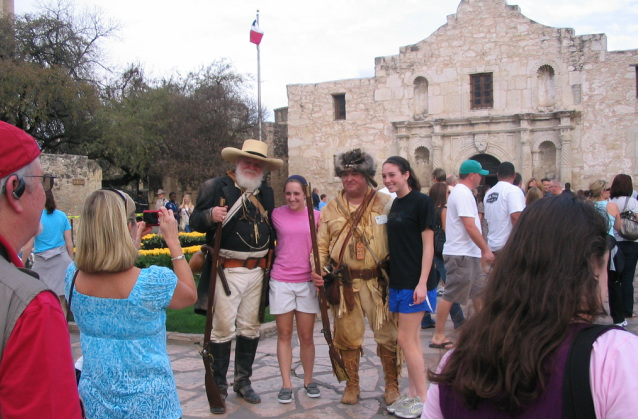
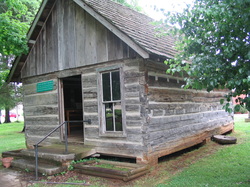
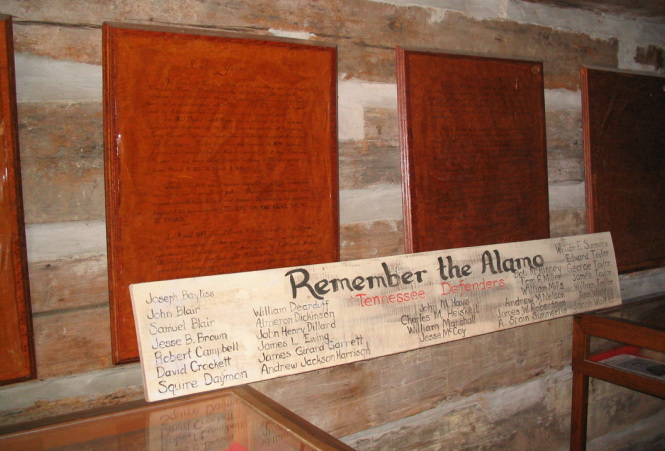
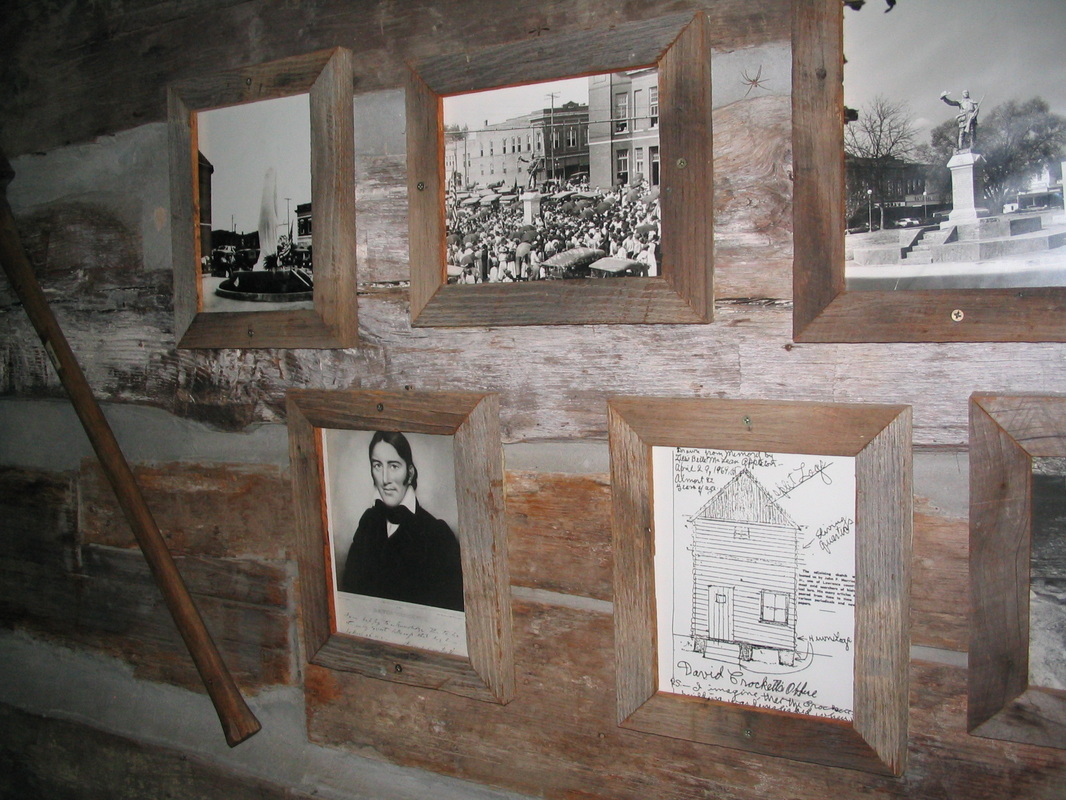
 RSS Feed
RSS Feed